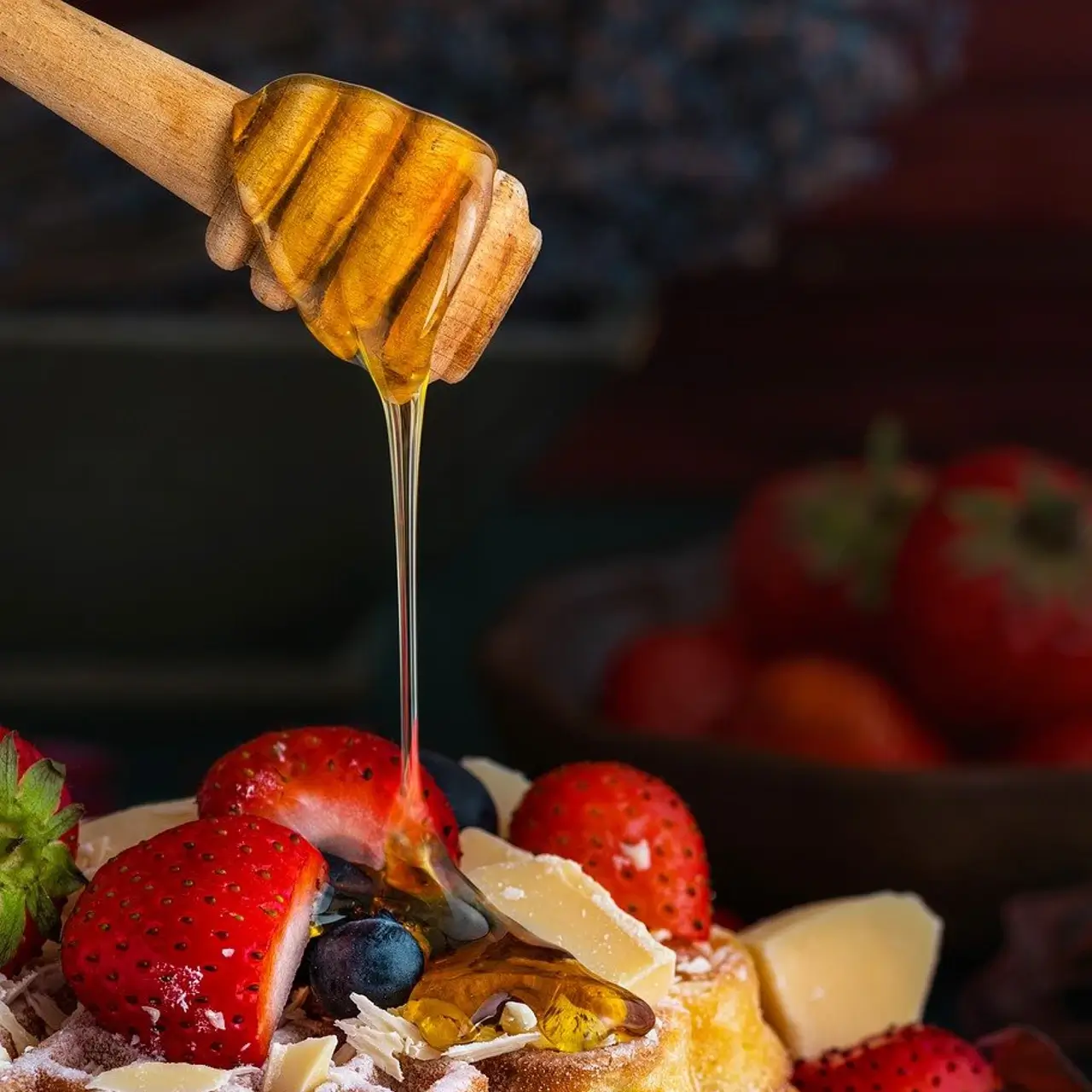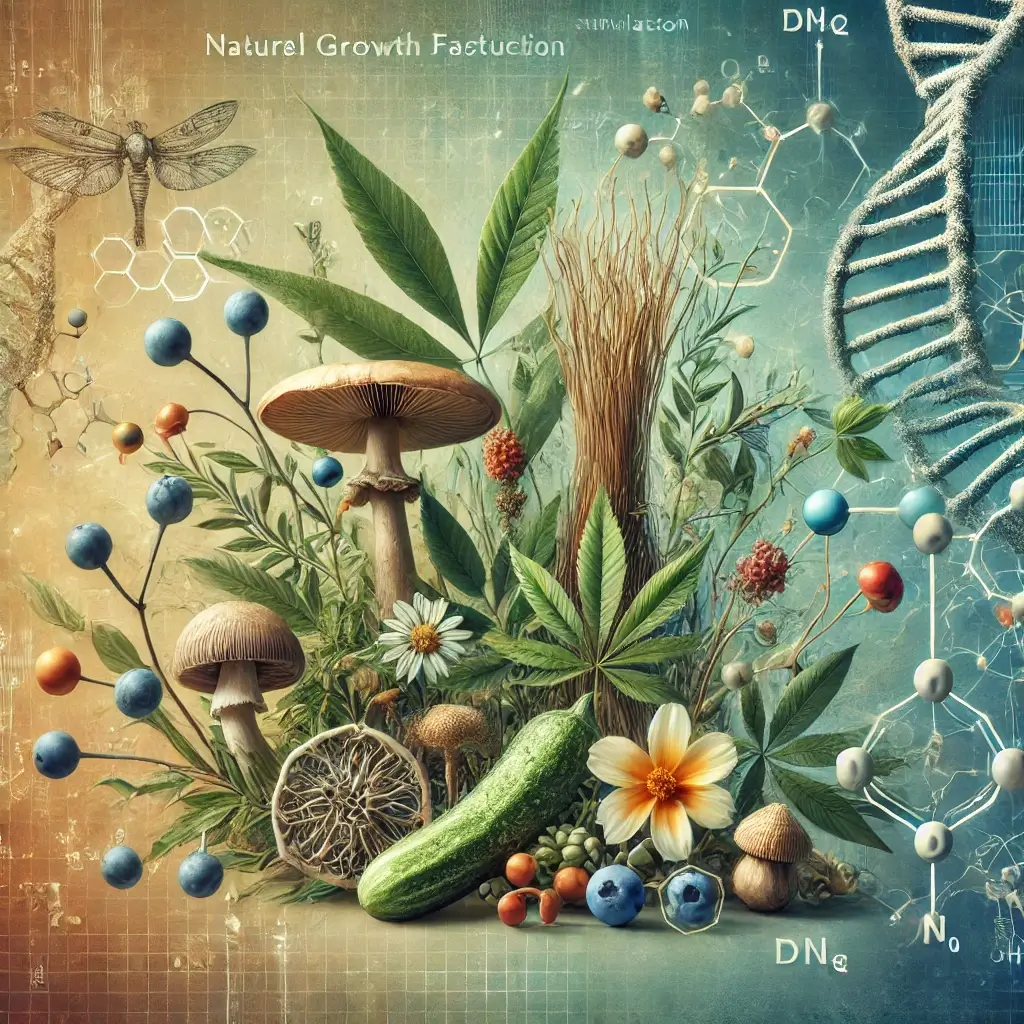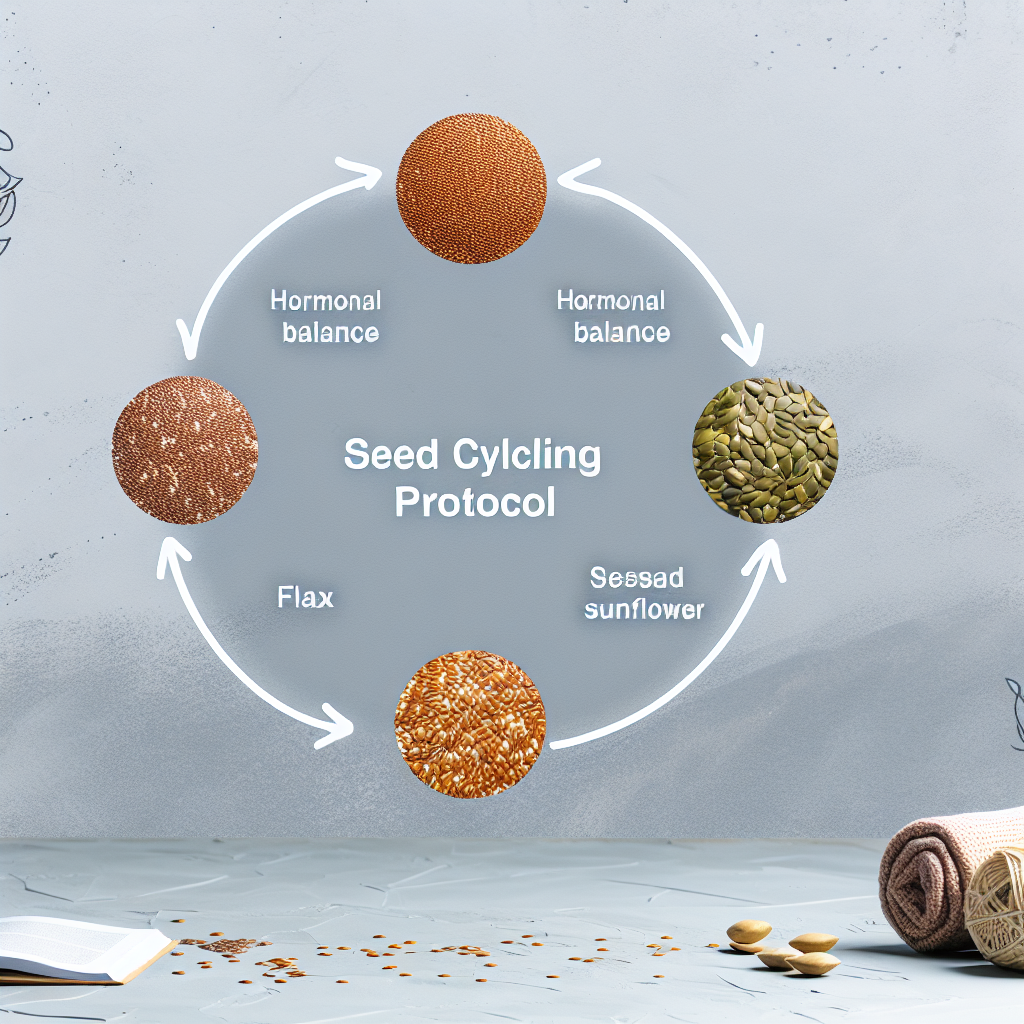Naturally occurring honey is, in fact, pretty sweet! It is around 80 percent sugar by weight. Here is a rundown of the primary sugars that can be found in honey:
Honey contains approximately forty percent of its sugars in the form of fructose. Additionally, honey has approximately thirty percent glucose in it.
Other Sugars: The remaining thirty percent consists of various other sugars, such as maltose, sucrose (table sugar), and a few complex carbohydrates.
Although it contains a significant amount of sugar, it is essential to remember that honey’s sugar content differs from table sugar (sucrose). Additionally, honey is a source of other helpful components, such as antioxidants and trace levels of vitamins and minerals.
Here are some other considerations to take into account:
About 17 grams of sugar are included in one tablespoon of honey, equal to 21 grams.
Honey is a natural sweetener frequently used as an alternative to sugar found in table settings. Honey has a lower glycemic index (GI) than table sugar, which is one of the primary reasons people prefer using honey over table sugar.
A food’s glycemic index measures how rapidly it increases the amount of sugar in the blood. When the glycemic index (GI) is higher, the rate at which food is digested and absorbed is also higher, resulting in a quick rise in blood sugar levels.
Additionally, honey is associated with specific chemicals and antioxidants that have been demonstrated to possess anti-inflammatory activities.
A glycemic index (GI) of approximately 55 is found in honey, which is lower than the GI of table sugar, which is approximately 65. Honey, on the other hand, is digested and absorbed at a slower rate than table sugar, which results in a slower rise in blood sugar levels. Individuals who are attempting to control their blood sugar levels or those who have diabetes can benefit from this.
Additionally, honey is associated with specific chemicals and antioxidants that have been demonstrated to possess anti-inflammatory activities. These qualities have the potential to assist in reducing inflammation within the body, which is frequently linked to chronic diseases such as diabetes, cardiovascular disease, and cancer.
On the other hand, it is essential to remember that honey is still a source of calories and must be consumed without excessive amounts. Due to the possibility that it contains spores of Clostridium botulinum, which are capable of causing botulism in newborns, it is also not advised for infants younger than one-year-old.
As a result of its lower glycemic index and anti-inflammatory qualities, honey has the potential to be a more nutritious alternative to table sugar. On the other hand, the consumption of it ought to be done so in moderation, and it is not recommended for infants.
Honey, in its natural state, is a highly concentrated source of sugar. Moderation is essential, particularly for individuals who have diabetes or worry about their blood sugar levels, despite the fact that it may offer some possible health benefits in comparison to table sugar.

Dominic E. is a passionate filmmaker navigating the exciting intersection of art and science. By day, he delves into the complexities of the human body as a full-time medical writer, meticulously translating intricate medical concepts into accessible and engaging narratives. By night, he explores the boundless realm of cinematic storytelling, crafting narratives that evoke emotion and challenge perspectives.
Film Student and Full-time Medical Writer for ContentVendor.com




